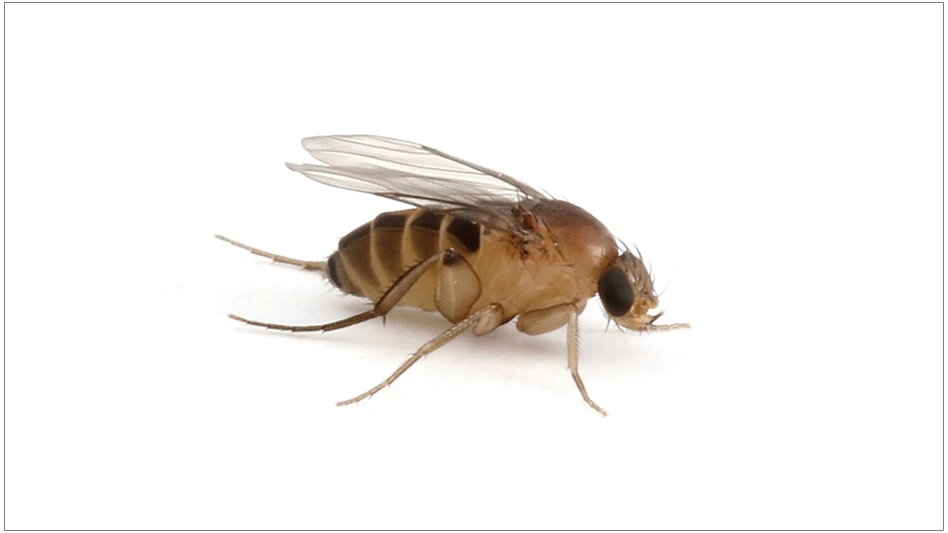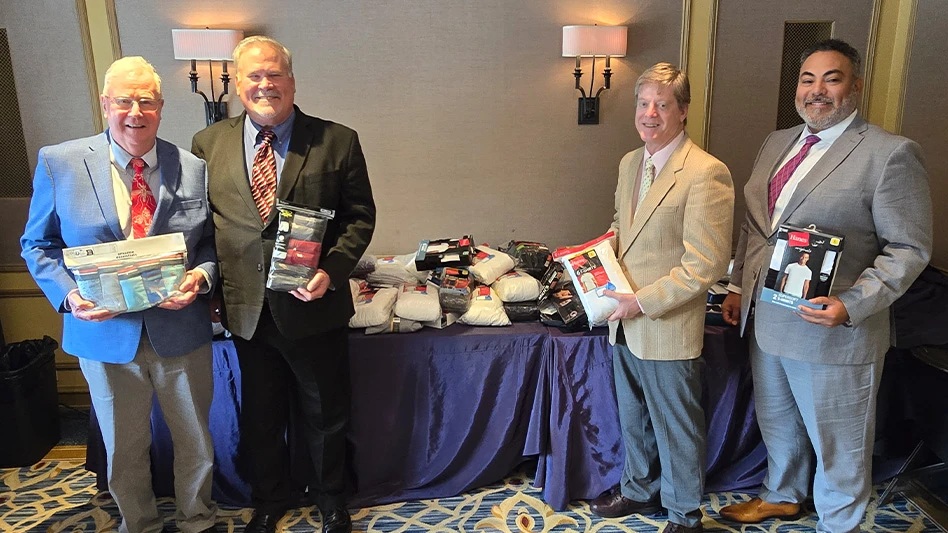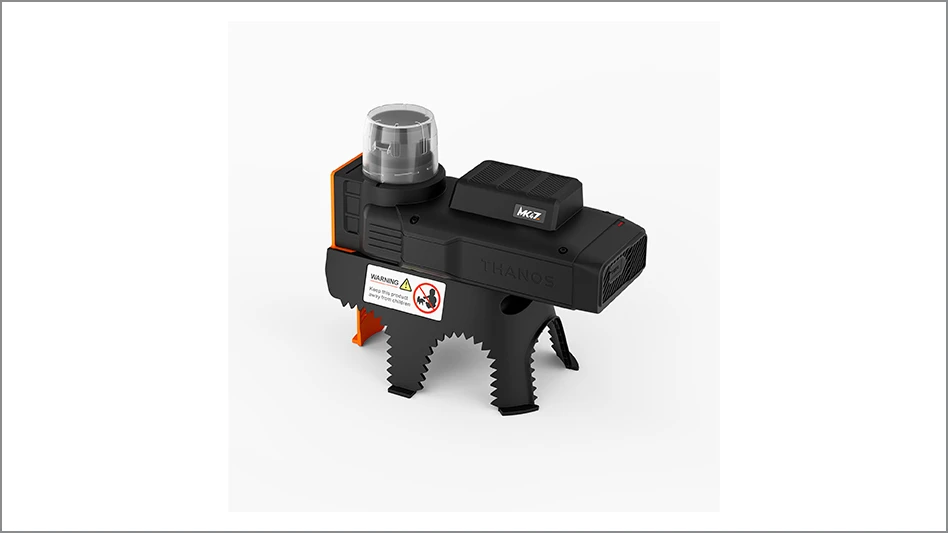
Credit: Stoy Hedges
Editor’s note: This article was adapted with permission from Pinto & Associates.
Repetitive outbreaks of small, humpbacked flies in a home, restaurant or hospital may mean serious trouble underground. Why underground? Because one of the common sources of phorid flies (also called humpbacked flies or coffin flies) is a broken sewer line oozing goo under a building.
Phorid fly adults are tiny, and most are brownish-yellow with brown wings, a small head and a large, humped thorax. Adults are reluctant to fly and often run instead. Larvae are whitish and wormlike, and feed on sewage, dead animals, human corpses (underground and in mausoleums), animal feces, rotting plants and have been found infesting open wounds in hospitals.
When a sewer line breaks, perhaps from invading tree roots or settling ground, hundreds (even thousands) of pounds of organic material can accumulate under a slab or crawl. This subsoil area is rarely as solid as you would think. Instead, settling soil and fluid from the broken pipe produces open spaces. Once a population of flies is established, the life cycle can continue totally underground. If adult flies find a route to light, perhaps through a crack in a slab or an open expansion joint, hundreds of flies per day can find their way into the building above.
The Answer.
There is only one permanent solution to this type of phorid infestation. The broken pipe has to be located and replaced. And very importantly, all of the gooey soil that has become saturated with organic material has to be excavated, discarded and replaced with clean soil. Otherwise, the infestation may continue for years. Excavation can be very expensive. For a major sewer leak under a commercial building it may cost hundreds of thousands of dollars to break up the slab, excavate and replace the contaminated soil, replace the pipes and repour the slab.
Some companies have tried to avoid this expense by injecting a termiticide into the subsoil. Unfortunately, this treatment rarely works. And if the soil later has to be excavated anyway, the termiticide-treated soil may require special (and even more expensive) disposal techniques.
The authors are well-known industry consultants and co-owners of Pinto & Associates.
Latest from Pest Control Technology
- Advanced Education
- Fox Pest Control Recognizes Shreyan Singha as '25 Scholarship Winner
- Prodigy Pest Solutions Promotes Shaun Reeves to Technical Director of Operations
- Bobby Jenkins Named the 2025 Crown Lifetime Achievement Award Recipient
- Abell Pest Control Marks Five Years of ‘12 Days of Giving’
- Built-by-Owner Home? Look for Surprises
- The Pest Rangers Acquires O.C.E. Pest & Termite Control
- The Professional Pest Management Alliance Expands Investor Network





